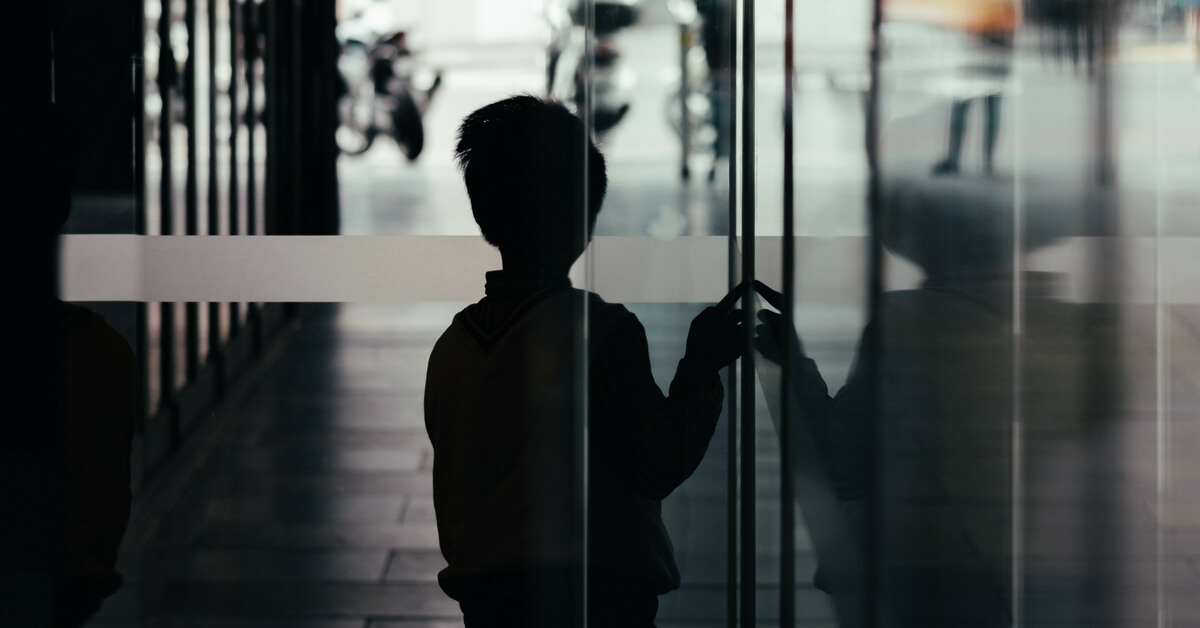In a young child’s world, so much is new and unfamiliar. When you consider a toddler’s inexperience, coupled with their limited reasoning skills, it’s easy to understand why a toddler might react in fear to a host of benign, everyday things.
But what if that fearfulness remains as your child grows older? How can you tell if your child’s apprehensiveness is normal, or something to be concerned about?
First of all, rest assured that the vast majority of children wrestle with a least a few fears at any given age. Whether a child is two, twelve or sixteen years old, it would be unusual for him or her to be “fear-free.”
As a child matures, old fears are overcome, and new fears arise to take their place. Interestingly, children of similar ages tend to share similar types of fears.
Some common fears in children according to age group:
Infants and toddlers – fear of separation from parent, strangers, loud noises, imposing objects
Ages 2-4 – fear of separation from parent, dogs and/or large animals, darkness, sleeping alone, monsters, loud and/or unfamiliar noises, burglers
Ages 5-6 – separation from parent, dogs, darkness, sleeping alone, monsters, bugs, strangers, getting lost, thunder, injury, illness, death
Ages 7-12 – dogs, school issues, performance anxiety, social anxiety, fires, heights, darkness, thunderstorms, burglars, kidnappers, injury, illness, death, natural disasters, nuclear war
Teens – school issues, performance anxiety, social anxiety, personal future, natural disasters, nuclear war
Some children are naturally more fearful than others. If your child’s fear is usually fleeting and, once comforted, he or she is soon able to return to normal activities again, there is no reason to suspect that your child is excessively fearful.
If you are still concerned that your child seems unusually anxious, however, you may want to consider whether your child exhibits some of the characteristics in the list below. If you have any doubts at all, you should seek professional advice.
Some possible signs of unusually high levels of anxiety include:
- Resolute avoidance of specific situations or places (that similar-aged children have no problem with)
- Resists separation from parent; often seeks reassurance or is clingy
- Persistent fears that most children of the same age have already grown out of
- Difficulty falling asleep and staying asleep
- Frequent nightmares
- Frequent stomach aches and/or headaches
- Fidgety or restless; often chews fingernails, toys with hair or sucks thumb
- Excessive shyness
- Resistant to change – for example, reacts negatively to changes in schedule, or insists on wearing specific clothing, or not eating/only eating certain foods
- Is unusually fearful of germs or of becoming ill
- Performs repetitive actions such as hand washing, checking door locks or belongings over and over, or has recurring disturbing thoughts
- Seems unable to recover from major life changes such as moving home, changing schools, loss of a pet
- Often worries that a “bad guy” might break in or try to hurt someone
- Tends to be bossy or seems determined to control other family members
- Panics for no obvious reason
- Is easily overwhelmed by challenges; gives up easily
- Exhibits negative and catastrophic thinking – imagines and expects the worst possible outcome
- Worries excessively about performance in tests or that completed assignments may not be good enough
- Or on the other hand, may be inexplicably underachieving in school or resistant to doing schoolwork
- Has difficulty making friends or participating in group activities
- One or both parents tend to be anxious
Symptoms of true anxiety disorders don’t usually show up before the age of six years old. One of the most definitive signs of an anxiety disorder is an excessive, irrational fear or dread that lasts for at least six months, and that significantly interferes with a child’s enjoyment of life at school and at home.
Some common anxiety disorders in children include:
Separation Anxiety Disorder – extreme reluctance to leave home, parents or caregiver
Generalised Anxiety Disorder – excessive worrying about everyday issues
Specific Phobias – overwhelming irrational fear of specific things or situations; some very common phobias in children are phobias of dogs, water, storms and lightning, bugs, heights
Obsessive Compulsive Disorder – repetitive behaviour carried out to relieve anxiety, such as frequent hand washing
Some common anxiety disorders in adolescents include:
Social Anxiety Disorder – extreme fear of being embarrassed in front of peers
Generalised Anxiety Disorder
Specific Phobias
Obsessive Compulsive Disorder
Panic Disorder – unexpected and repeated panic attacks
Post-Traumatic Stress Disorder – following a traumatic event such as a car accident: avoidance, detachment, difficulty sleeping and concentrating, depression, constantly “reliving” the event
For more reading on this topic, we recommend https://www.beyondblue.org.au/.
Article supplied with thanks to Focus on the Family Australia.
About the Author: Focus on the Family provides relevant, practical support to help families thrive in every stage of life.

